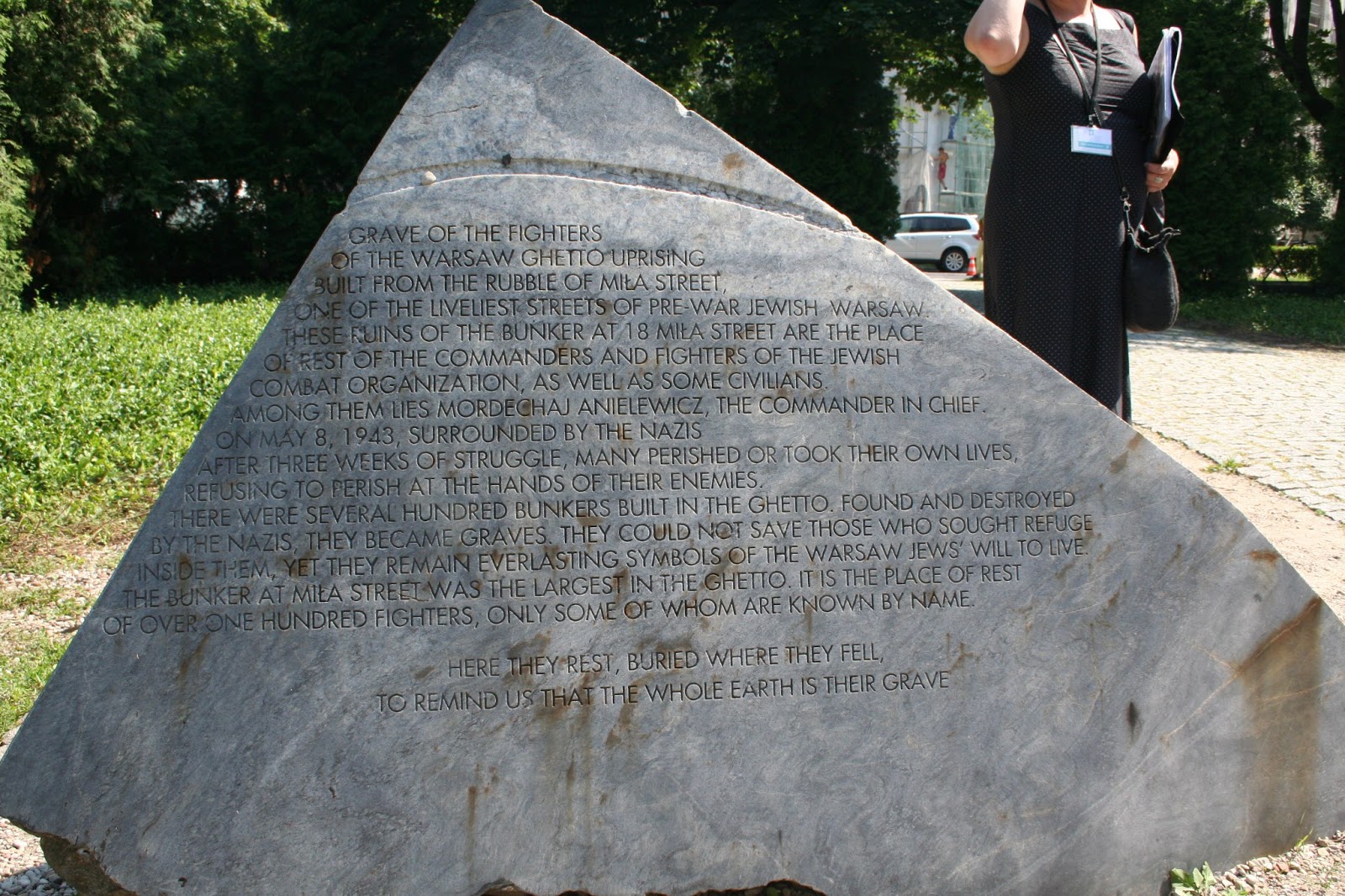Under the supervision of Dr. Andrew Kier Wise (Chair, Department of History & Political Science; Director of the Polish Studies Program), the students are engaged in a Think Tank project that is generously funded by the Office of Academic Affairs as approved by Dr. Michael Brogan, Vice President for Academic Affairs and Dean of the College.
The Think Tank Project focuses on historical memory in Poland as it relates to the world wars. Students found that in Warsaw the public commemorations and monuments focus primarily on World War II, while there is comparatively little emphasis on World War I (despite the fact that this year marks the 100th anniversary of the outbreak of the war that would make possible the creation of an independent Polish state).
Future blog reports will discuss student impressions from Przemyśl , Poland and Lviv, Ukraine. The final project report will compare the exhibitions and commemorations in various cities and analyze their implications for public memory in Poland -- and also Lviv, Ukraine -- as it relates to the world wars.
Lectures at the University of Warsaw were provided by Dr. Sławomir Józefowicz (pictured below with students at the University Gate and also in one of the lecture halls).
 |
| L-R: Heather, Daniella, Elaina, Leigh, & Dr. Józefowicz |
 |
| Daemen students in lecture hall at the University |
While at the University, students also enjoyed a tour of Kazimierzowski Palace, which was originally constructed in the 17th century. Over the centuries, the palace has undergone several reconstructions, most recently from 1945 to 1954 after it was bombed and burned during World War II.
 |
| The Golden Hall in Kazimierzowski Palace |
The University continues to expand with new construction along the Vistula River. The rooftop garden at the new library offers a splendid view of the city.
 |
| Visiting the garden on the roof of the University library |
On a warm summer day, students had an opportunity to visit the royal palace and gardens at Wilanów (see below).
 |
| L-R: Daniella, Leigh, Heather, and Elaina at Wilanów |
 |
| Daniella feeding the ducks at Wilanów |
Beautiful Łazienki Park in the heart of Warsaw (below) also provided a retreat from the heat.
 |
| L-R: Leigh, Elaina, Dr. Wise, Daniella, and Heather |
The next blog report will focus on the student trip to Lviv, Ukraine, where students visited museums and enjoyed tours that focused on the extraordinarily rich multicultural history of Galicia.



















.JPG)















